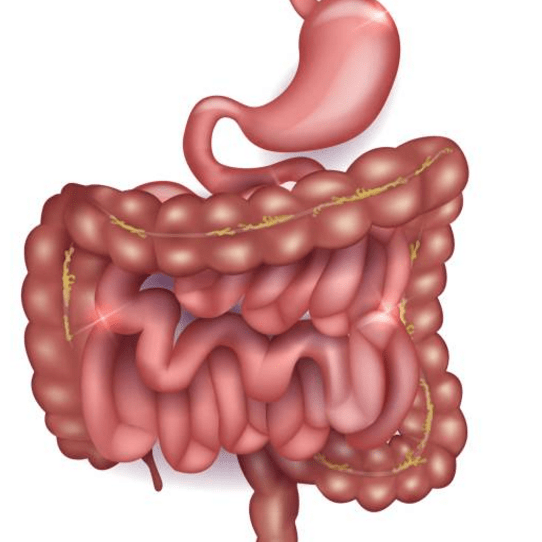Carbohydrate malabsorption is the inability to absorb certain sugars across the gastrointestinal tract.
Hydrogen and methane breath tests are specific and sensitive diagnostic tests that can be used to either confirm or eliminate the possibility of carbohydrate malabsorption.
A glucose breath test is useful for diagnosing a medical condition called small intestinal bacterial overgrowth (SIBO) which presents with similar symptoms to malabsorption but may also cause nutritional deficiencies. These tests have been established and accepted for over 30 years and are the preferred test of choice for doctors and patients because they are accurate, non-invasive and safe for children.
Diet
Many patients with functional gut disorders are unaware of the relationship between diet and the gastrointestinal symptoms they present. In particular, patients with chronic symptoms may regard their condition as normal and may not be aware that their symptoms can be effectively managed following a proper diagnosis.
Symptoms
Malabsorption of lactose (present in milk and dairy products), fructose (present in all fruits, some vegetables and wheat products), sucrose (table sugar) and sorbitol (an artificial sweetener) are common dietary triggers for symptoms such as abdominal bloating and pain, flatulence and altered bowel movements (diarrhoea and constipation).
Patients with the above symptoms, or with a medical diagnosis of irritable bowel syndrome (IBS) or coeliac disease, may have undiagnosed carbohydrate malabsorption. Patients with inflammatory bowel disease (especially Crohn’s disease) or with a family history of malabsorption are at a higher risk of malabsorption. It is also known that certain ethnic groups, predominantly Asians, Africans, Hispanics and Southern Europeans, have a higher prevalence rate of lactose malabsorption (commonly referred to as lactose intolerance) because of a deficiency or absence of the enzyme lactase which is required for the digestion of lactose.
Patients with inflammatory bowel disease (especially Crohn’s disease) or with a family history of malabsorption are at a higher risk of malabsorption. It is also known that certain ethnic groups, predominantly Asians, Africans, Hispanics and Southern Europeans, have a higher prevalence rate of lactose malabsorption (commonly referred to as lactose intolerance) because of a deficiency or absence of the enzyme lactase which is required for the digestion of lactose.
High-risk groups
It is also known that certain ethnic groups, predominantly Asians, Africans, Hispanics and Southern Europeans, have a higher prevalence rate of lactose malabsorption (commonly referred to as lactose intolerance) because of a deficiency or absence of the enzyme lactase which is required for the digestion of lactose.
About the test
The test procedure is simple and painless and involves the patient breathing into a portable hydrogen analyser to establish a baseline reading, then drinking a sugar solution, after which subsequent breath samples are collected at 20 minute intervals for a period of up to 3 hours. Usually the patient performs an initial breath test using the artificial sugar lactulose to determine the predominant gas to assess (hydrogen vs. methane) and therefore which subsequent breath test to use. In addition to giving useful information such as a patient’s oro-caecal intestinal transit time, an initial lactulose test helps minimise false negative results which gives confidence to both the clinician and patient.
The cost of each test is $95 and only one test can be performed per day. While there is no Medicare rebate, private health insurance rebates may apply.
A proper diagnosis of malabsorption is important because it allows for dietary management to control the gastrointestinal symptoms.
More effective than an elimination diet
A diagnosis is also more accurate than an elimination diet (where the suspected food is removed or reduced from the diet) as it generates quantitative data that can provide an indication of the severity of the disorder, thereby allowing the possibility of retaining certain foods in the diet. Small bowel bacterial overgrowth is treatable with antibiotics.

